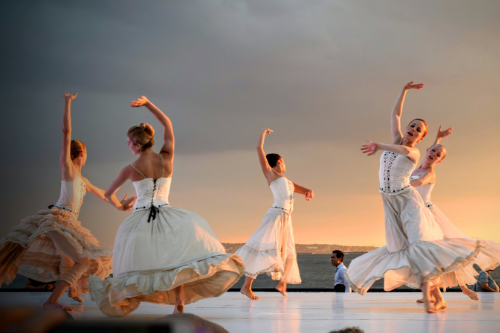Written by Guest Author, Marks Gray Associate Logan McEwen
The boundaries of copyright law are tested in an increasingly digital world, but digital arts can give a new perspective on old issues.
Like the question: can you claim copyright infringement for a dance move? That is the question raised by claims against the videogame Fortnite from entertainers Alfonso Ribeiro (Carlton, Fresh Prince of Bel Air), Terrence Ferguson (rapper 2 Milly), and Russell Horning (Backpack Kid).
What Is Fortnite?
To understand why, we start with a primer on the videogame Fortnite.
Fortnite is a popular multiplayer videogame. In May of 2018 alone, Fortnite generated $318 million in net revenue. It has various game modes, but the most popular is the free-to-play 100-player PvP mode.
One hundred players enter a map with the objective of eliminating each other until a single winner remains. The twist on traditional combat gameplay is that players can alter the map by building structures, destroying environments, and crafting items all while the playable map area reduces in size.
The format of Fortnite’s most popular game mode is important for two reasons.
- First,
the “every player for themselves” battle royale format is fiercely competitive,
focusing on the individual player instead of a team. The focus on the
individual player is really a focus on the player’s in-game avatar. Victories,
gameplay statistics, and communications all focus on the individual player and
their avatar. Players may already be self-motivated to customize and establish
their own player-identity in their games of choice, but Fortnite’s battle
royale format gives further incentives.
- Second, the battle royale mode is free-to-play and requires no purchase from the players. So how can you generate $318 million net revenue in a month if your game is free? The sale of premium game modes and cosmetic items, known as micro-transactions, are a staple of free-to-play videogames. Fortnite players can purchase in-game currency with real money, then use the in-game currency to buy different looks for their weapons, items, and avatars. Players can also buy Emotes, which are theatrical movement portrayals by the avatar that include waving, laughing, and dancing.
In the game, you can buy a dance named “Fresh”, exactly like Alfonso Ribeiro’s Carlton dance on The Fresh Prince of Bel-Air for the equivalent of $7.99. For the equivalent of $9.49, you can get access to the “Swipe It” dance, mirroring 2 Milly’s “Milly Rocks” dance. For the same amount you get access to the “Floss” dance, replicating Backpack Kid’s “Floss” dance.
The entertainers claim Fortnite’s sales of these emotes infringe their copyrights in the dance moves they popularized. But do they hold copyrights in the dance moves?
A Dance vs. a Dance Move
Under the U.S. Copyright Act, you can copyright choreography. The U.S. Copyright Office has an information pamphlet dedicated solely to Choreography and Pantomime (Circular 52, U.S. Copyright Office). A choreographed dance fixed in a tangible medium qualifies for copyright protection.
However, the U.S. Copyright Office considers certain categories to fall outside of choreography, namely commonplace movements or gestures, such as celebratory end zone dances. The U.S. Copyright Office refuses to register “short dance routines of only a few movements or steps with minor linear or spatial variations, even if a routine is novel or distinctive.” The entertainers’ dances and their Fortnite counterparts likely fall in this category.
The distinction to keep in mind is the difference between a dance and a dance move.
A full ballet is filled with unique expression that a copyright can protect while unlikely to suppress other ballets. But copyright protection for a dance move like the “Carlton” would come at the expense of suppressing other dance moves that may be deemed similar.
It is easier to accidentally copy a few seconds of movement than an entire ballet, and we don’t want artistic expression chilled by overzealous copyright protection.
The same approach can be found in music compositions. You can copyright an entire song, but you can’t copyright a chord progression. Otherwise you would suppress an immense amount of expression.
Conclusion
This may feel like the wrong result since Fortnite has profited from selling dance emotes deriving value from these entertainers in media properties not owned or licensed by Epic Games. So we will have to wait and see how Alfonso Ribeiro and Terrence Ferguson fare in their pursuit of justice for their dance moves.
